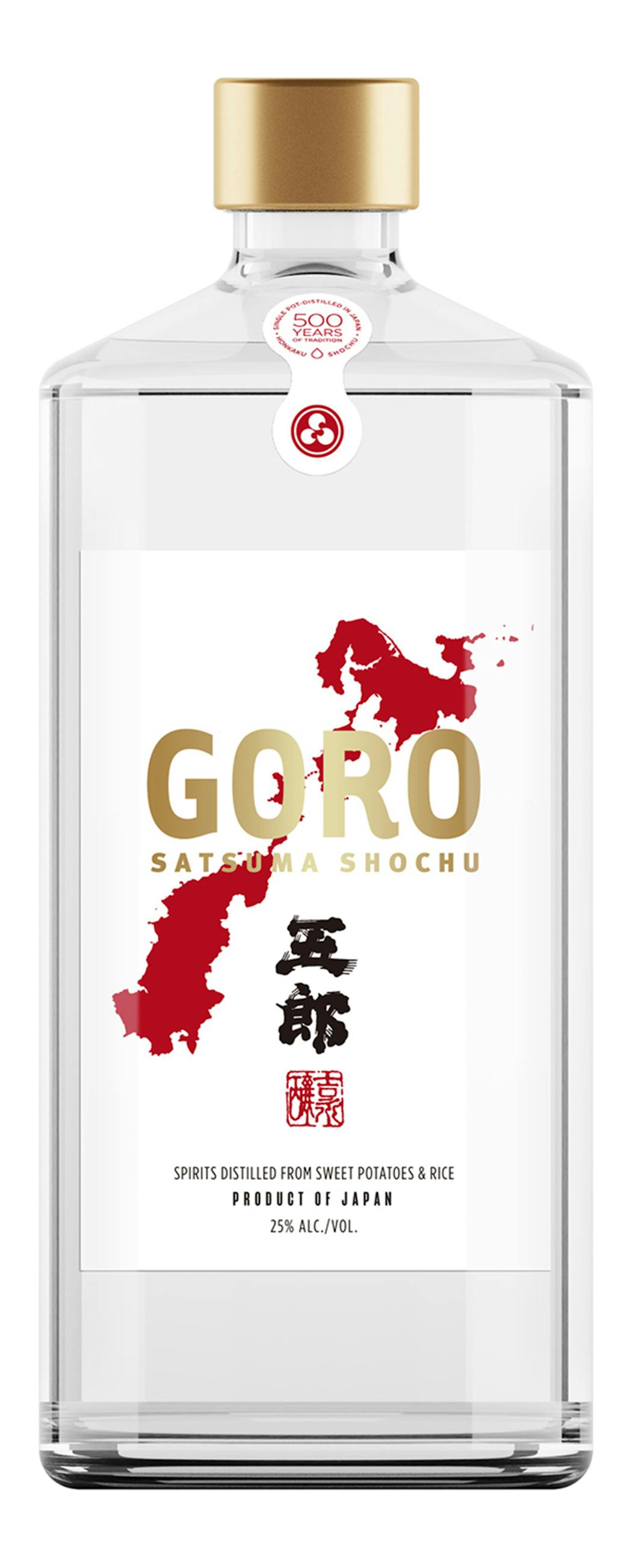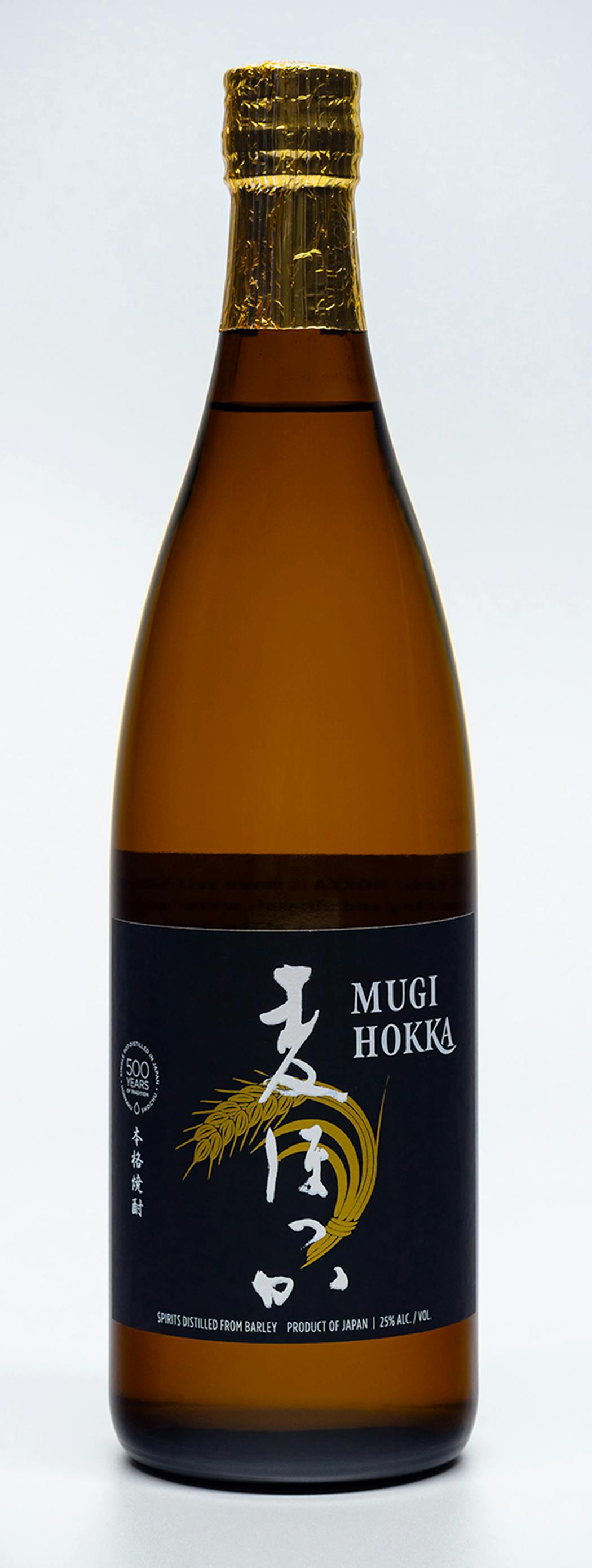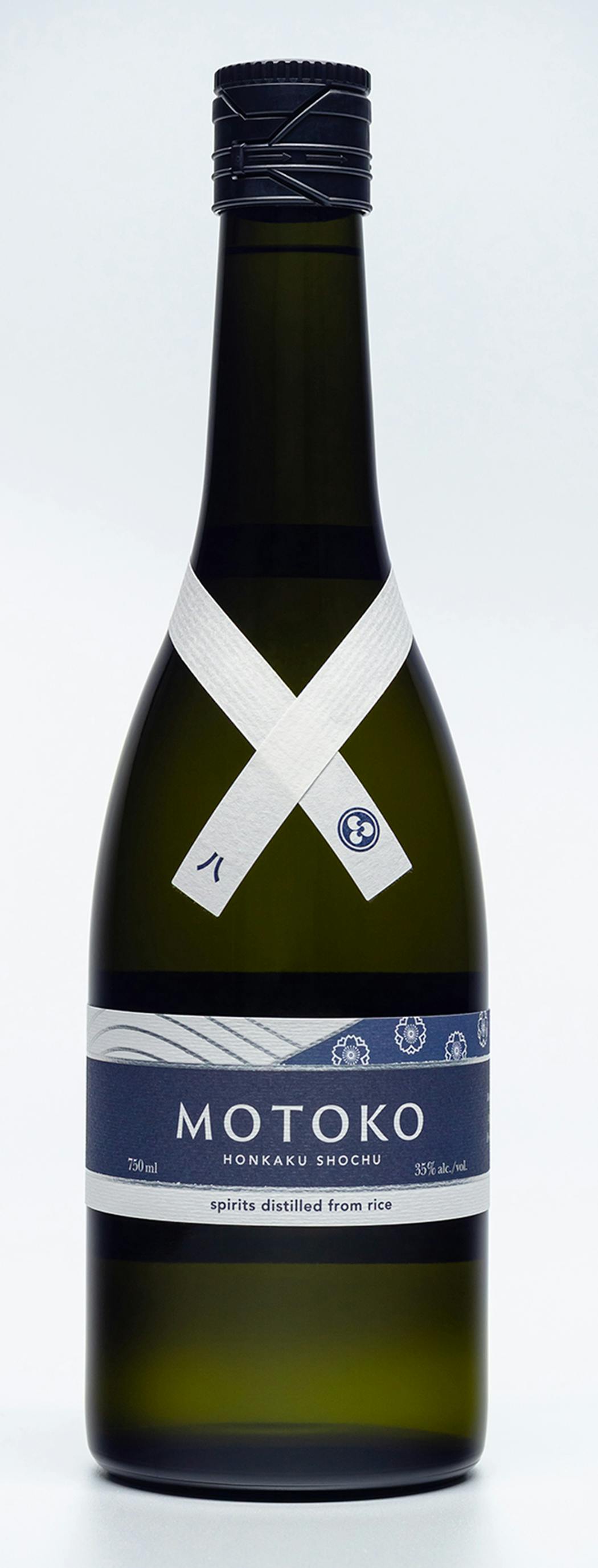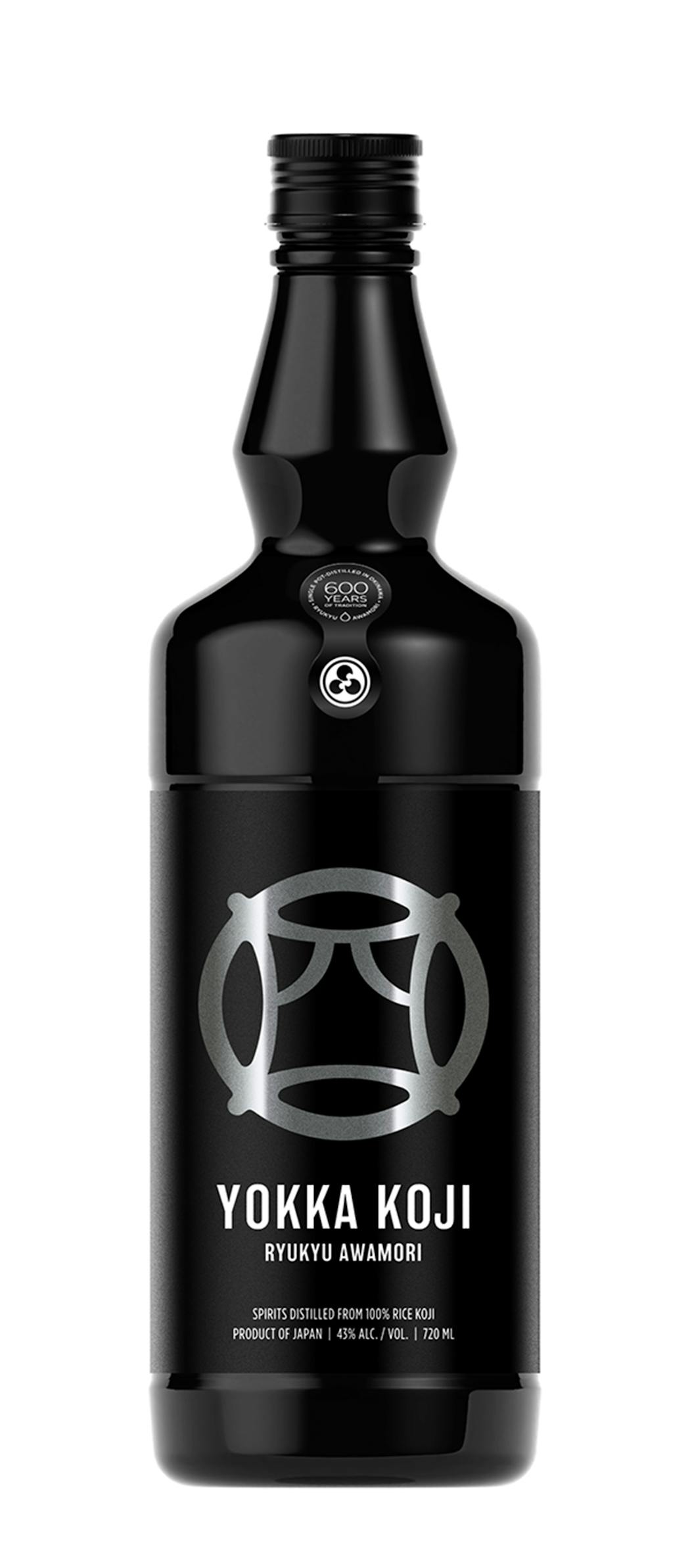If you think of alcoholic beverages from Japan, sake is probably the first thing that comes to mind. Hardcore craft beer fans might turn to the country's burgeoning beer scene, and for spirits aficionados, it's whiskey. But there is a lesser-known distilled drink with a long history and tradition in Japan. That is shochu.
Shochu has been a part of Japanese drinking culture since at least the 16th century. Its historic and current production center is the southern island of Kyushu, where shochu production and consumption far outpace that of sake. There, hundreds of small, family-operated distilleries still make shochu in the traditional manner. Here's a primer to understanding the spirit.
What is shochu?
"Shochu is typically single-pot distilled, made with koji and an approved ingredient. And you can't add anything to it other than water and time," said Stephen Lyman, author of "The Complete Guide to Japanese Drinks" and an ambassador for Honkaku Spirits, a shochu importer. The list of "approved ingredients" includes some 50 items, with sweet potatoes, barley and rice among the most common.
Those starchy ingredients provide sugar for koji fermentation. (Koji is a mold that is also used to ferment sake, as well as soy sauce and miso.) Koji fermentation differs from typical yeast fermentation. For most spirits and beer, the starchy base ingredient is broken down into simple sugars before fermentation. With shochu, koji mold breaks down the starch while the yeast ferments the resulting sugar. The koji produces its own flavors, from fruity to floral to earthy umami that are retained in the finished shochu.
Each of the 50 main ingredients used to make shochu also imparts its own unique character. For each ingredient there are multiple varieties. For instance, dozens of types of sweet potatoes and many kinds of rice are grown in Japan. That means there is a wide range of flavor profiles even in shochu made from the same ingredient.
Traditional shochu makers use single-pot distillation, similar to what is used to make bourbon. With bourbon, though, the last portion of alcohol produced by the still — called "tails" — is typically discarded to remove undesirable aromatic compounds. "There is no such thing as tails in shochu." says Lyman. "It's like they just run the still dry and you get all of those heavy esters and fatty acids. A lot of the really favorable aromatic compounds in shochu come from the tails."
Add the impact of the water used to dilute the distillate down to 25% alcohol and you end up with a spirit where each example tastes very different from the others — even when made from the same base.
"What does shochu taste like?" asks Lyman. "Which one do you have?"
How to serve it
There are nearly as many ways to serve shochu as there are types of shochu. In Japan it's common to mix shochu with water, either hot (oyuwari) or cold (mizuwari). The water-shochu ratio can be made to taste, but 50-50 is a good place to start. The water dilutes the alcohol without diluting the flavor; serve with or without ice.
Neat is also an option. As with water, it can be hot, cold or straight from the freezer. Drinking it neat allows the rich flavors of the base ingredient to really shine. For slight dilution, drink it on the rocks.
Shochu also can be added to cocktails. Try a classic highball with barley shochu in place of whiskey. When in Japan recently, I enjoyed a sweet potato shochu with seltzer and the juice of a whole lemon. However you drink it, the low alcohol and rich flavor make shochu a great spirit to drink with food.
Types of shochu
On a recent visit with Lyman, we tasted several artisan shochus that are available in the Twin Cities.
Goro is an incredibly complex sweet potato shochu from Yoshinaga Distillery, one of two distilleries on the Koshiki Islands. Enjoyed neat, Goro exhibits layers of intense flavor from locally grown sweet potatoes, wild yeast and local spring water. Soft sweetness is joined by nutty/grainy notes, light hints of chocolate and dark fruit overtones. Diluted 50-50 and served on the rocks, it becomes a perfect shochu to pair with food. The flavor shines while the texture becomes smooth as silk.
As the first shochu to be marketed as a blend, Colorful from Shoro Distillery in Kushima breaks from tradition. It is a blend of two distillates made by two tojis, or master brewer distillers. They are made with a single variety of purple sweet potato, one grown in Miyazaki prefecture near the ocean, and one grown in Kagoshima prefecture near the volcano — giving each a distinctive flavor. Then each is fermented with a different type of koji. The result is an extraordinarily fruity shochu displaying a mélange of tropical fruits like mango and papaya along with bright orange oil — it's like squeezing an orange twist over a cocktail.
Mugi Hokka from Tensei Distillery in Shibushi is an interesting barley shochu made with 8% roasted barley. It has an intense cocoa character, joined by notes of medium-roast coffee. Malty sweetness and toast make it a bit like chewing on brewers malt. That's a good thing if you've never tried it. Lyman suggests using it in place of gin in a Negroni or to top off a cup of espresso.
Masako is part of the Three Ladies line of shochu made by Furusawa Distillery, a women-run distillery in Odotsu Village. Masako Furusawa, the current toji and the middle of the three ladies, took over the distillery in 2007 after her father's passing. The spirit is made from 100% unmalted barley. It favors the nutty and grainy flavors of barley over chocolate and roast, although those are faintly present. Light fruitiness and rich umami round out the profile. At 35% alcohol it's stronger than most shochu. Try it diluted with hot water.
Motoko, named after Furusawa's mother, is the first of the three ladies and is made with long-grain rice from Thailand. Many shochu makers prefer Thai rice over Japanese rice because it has more of the fatty acids and proteins that give shochu its flavor. While sake brewers polish their rice, shochu tojis leave the rice unpolished to retain those acids and proteins. If you've never thought of umami as a flavor in spirits, then Motoko is a must-try. This 35% shochu is rich in earthy, mushroom, soy sauce and miso notes that make it unique.
One more spirit
Awamori is a distilled spirit indigenous to Okinawa and the name has a protected geographical indication from the World Trade Organization. It is made from rice and typically bottled at full strength without dilution, giving it an alcohol strength of 60 to 90 proof. Awamori is fermented with black koji mold that is known to give it funky, umami flavors and light citric sourness.
Yokka Koji awamori from Chuko Distillery in Tomigusuku differs from most awamori in that it lacks the typical umami flavors. The distillery doubles the usual two-day koji propagation and ferments at a lower temperature, causing the black mold to bloom white and produce more fruit-forward flavors. The defining character of Yokka Koji is pomme fruits — apples and pears. The fruit is offset by lighter notes of nuts, grains and citric acid. The distillery recommends freezing the bottle and serving it as a shot.
Where to find
While shochu is available in the Twin Cities, it can be hard to find. Solo Vino and Dabbler Depot in St. Paul, South Lyndale Liquors in Minneapolis, and Cellars Wine and Spirits in White Bear Lake are reliable sources. If you can't find it in your favorite liquor store, it's worth asking for it.
Michael Agnew is a certified cicerone (beer-world version of sommelier) and owner of A Perfect Pint. He conducts private and corporate beer tasting events in the Twin Cities, and can be reached at michael@aperfectpint.net.








